Image Title
Image description goes here
Image description goes here

Our client, IKEA, challenged us to redesign the its loyalty membership to be shifting from transactional to emotional. At the same time, we were asked to explore how it could become a driver of societal change and contribute to social good. The project is currently in its final development phase.
Proactively thought ahead and led project ➡️
Project management and stakeholder engagement. Navigated complexity and scoped key challenges. Applied systemic thinking to translate insights into tangible actions. Fostered psychological safety and empowered each team member.
The brief was intentionally broad, challenge us to think
・what is the scope?
・What is the problem area?
Once those were defined, the key challenges were
・How a private company like IKEA could meaningfully contribute to social good while staying aligned with its own motivations?
・How small individual actions could lead to broader systemic change and positive future over time?
We designed a unique service concept that enables individuals to support local circular economy projects either at their Genbrugsstation Sydhavn or IKEA Copenhagen in return for sustainable actions. (You can watch the design fiction video) This creates a circular loop and future that reinforces long-term behavioral change and contributes to broader systemic transformation, with the potential to scale up, out, and deep, and to influence policy at both the Danish and EU levels.
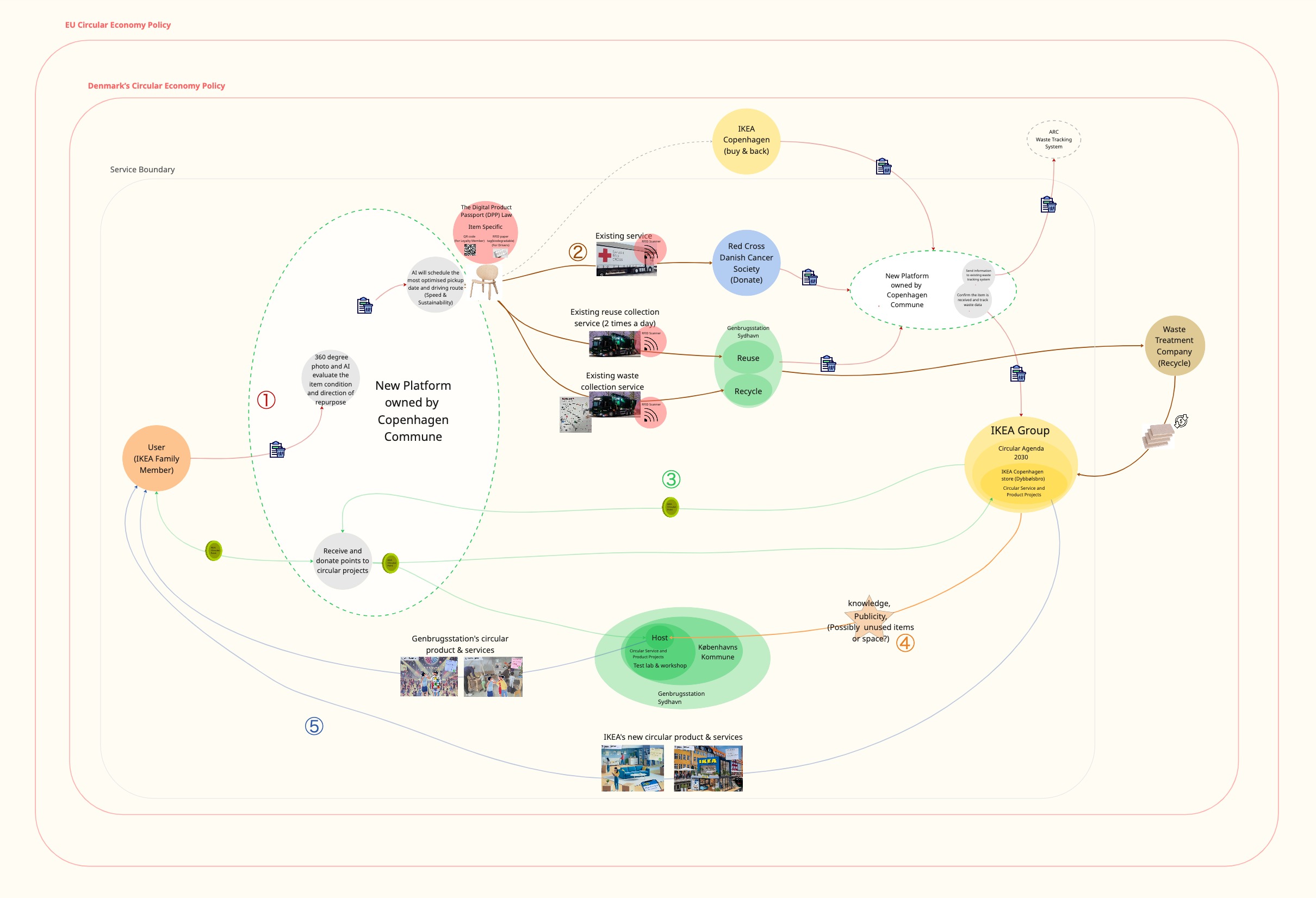
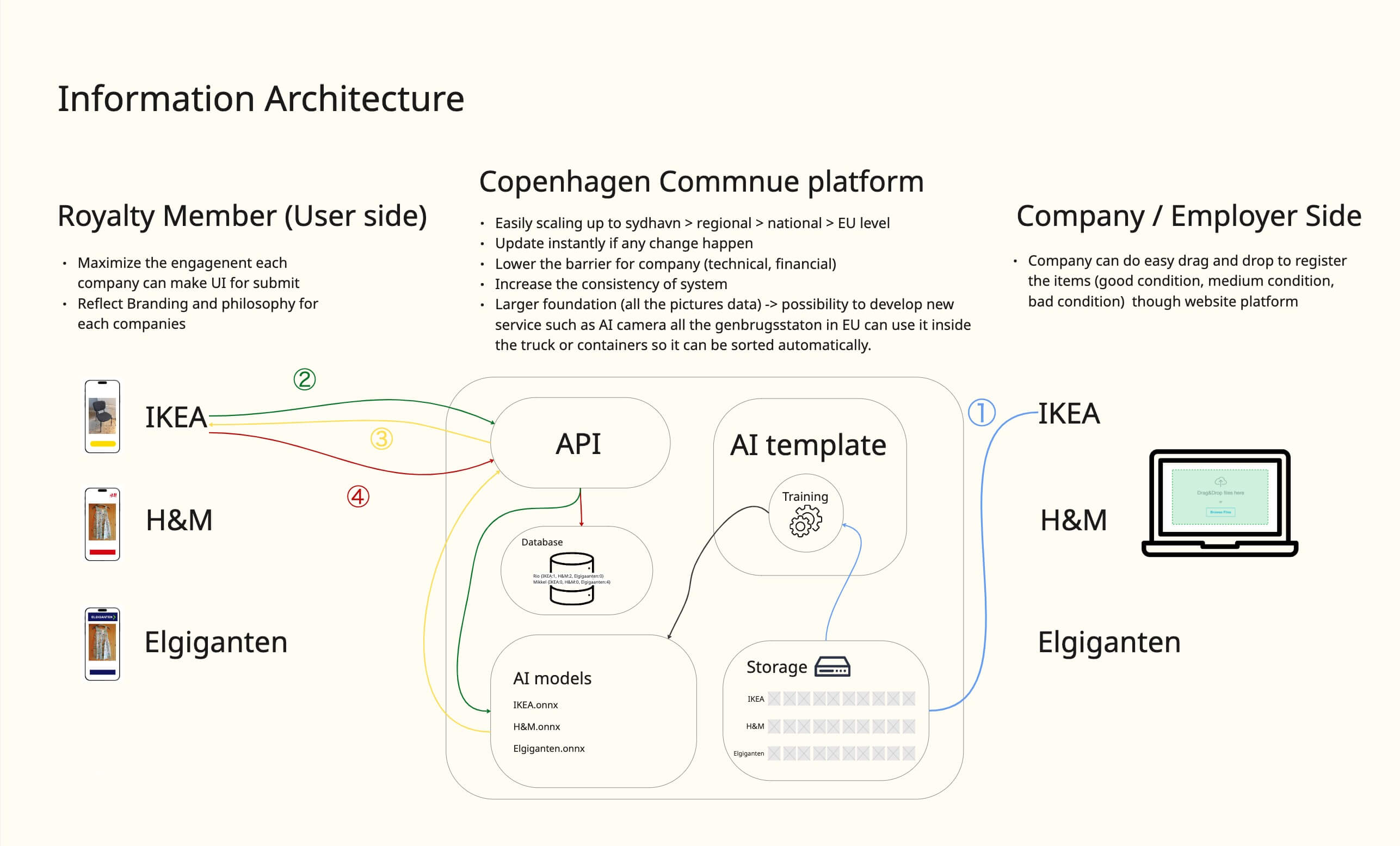
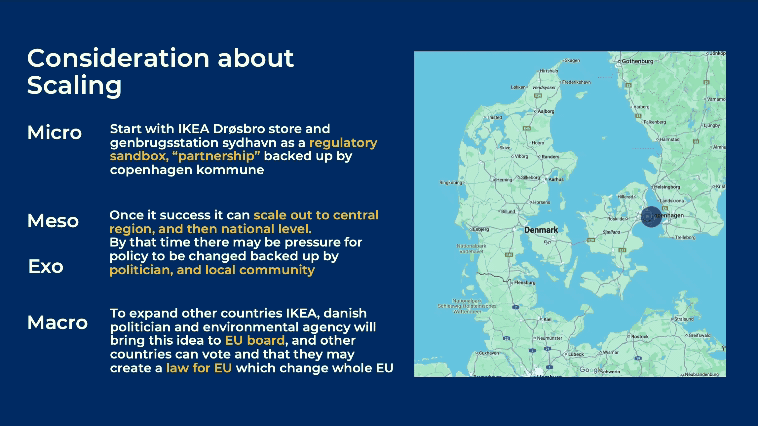
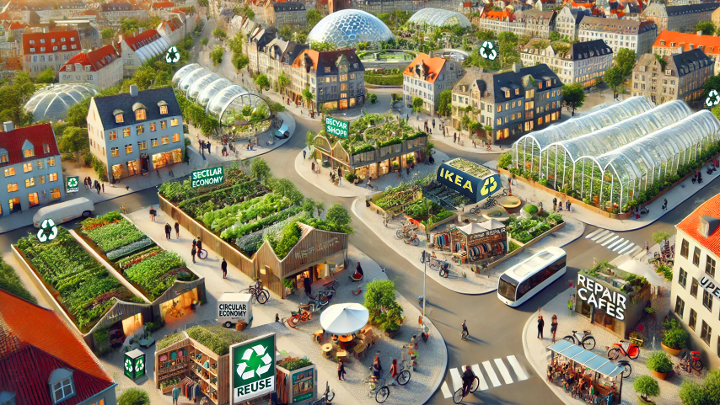
Based on insights from our target group interviews, I guided the team to focus toward Genbrugstation Sydhavn operated by ARC and the Copenhagen Municipality and local citizens in Copenhagen.
Once we narrowed the focus, I combined intense desk research with AI tools to quickly gather relevant insights. And I did not stop at the screen, I suggested site visits such as to Genbrugsstation Sydhavn and ARC headquarters, or reaching out directly by email, to deepen our understanding.
We created both a physical and digital service origami to communicate with stakeholders, which was later presented on-site and shared via email. I led the mapping process, identifying key actors, their roles and motivations, as well as the flows of money, information, and physical materials within the system.
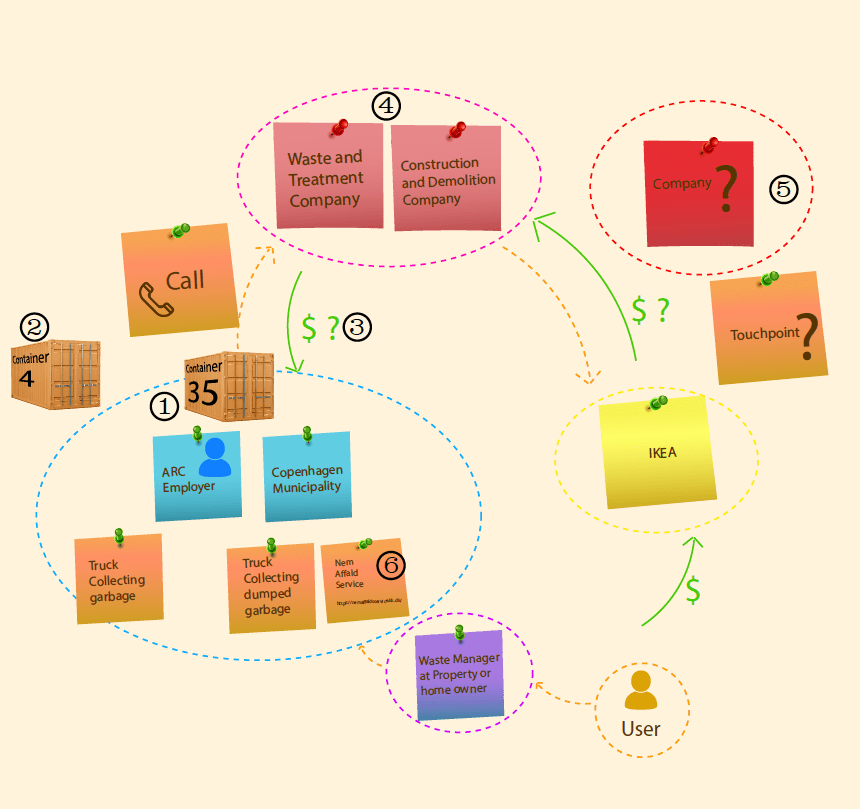
After defining our system scope, I ensured that our “How Might We” questions and ideas generated through interviews and synthesis were effectively integrated. This approach grounded our ideation in real-world context and ensured we were addressing
Given that each stakeholder could only commit to 30 minutes, I ensured they received clear and relevant information beforehand. I aligned internally with our team to define key talking points, created a scheduling system to avoid overlaps, and led the preparation of the presentation and discussion script. Despite time constraints, everything was set up efficiently and professionally.
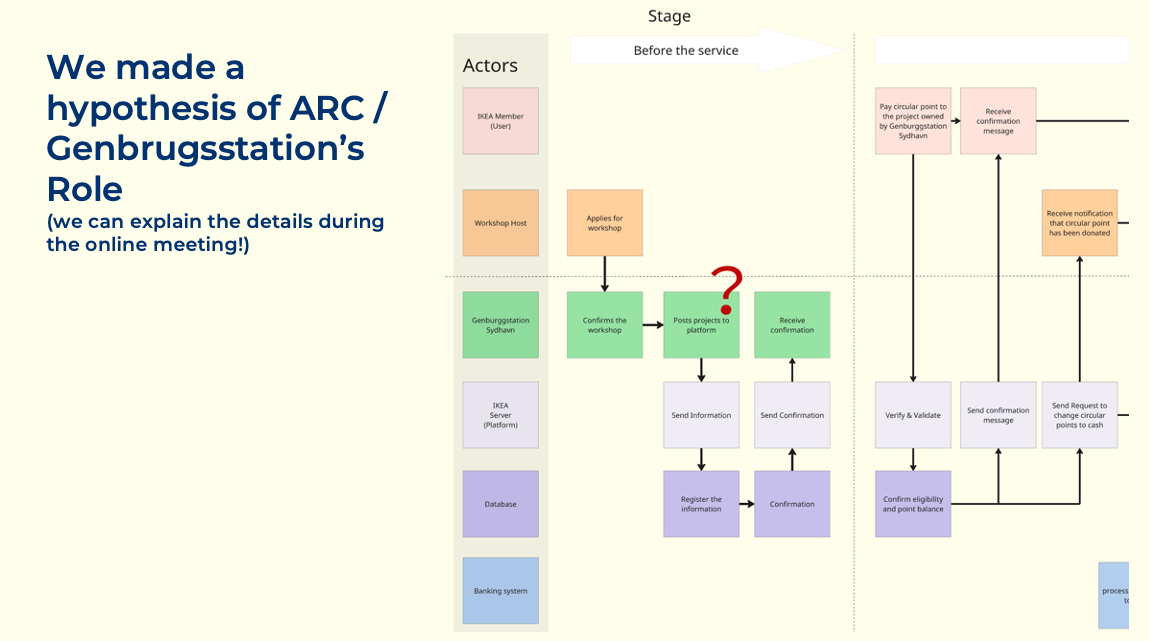

I created a system map to represent our initial concept. After our first session with a stakeholder from ARC, I adapted the map based on their feedback. I then brought this updated version to the next session with a representative from Copenhagen Municipality. This allowed us to enable co-design asynchronously, despite the constraint that stakeholders could not all be present at once.
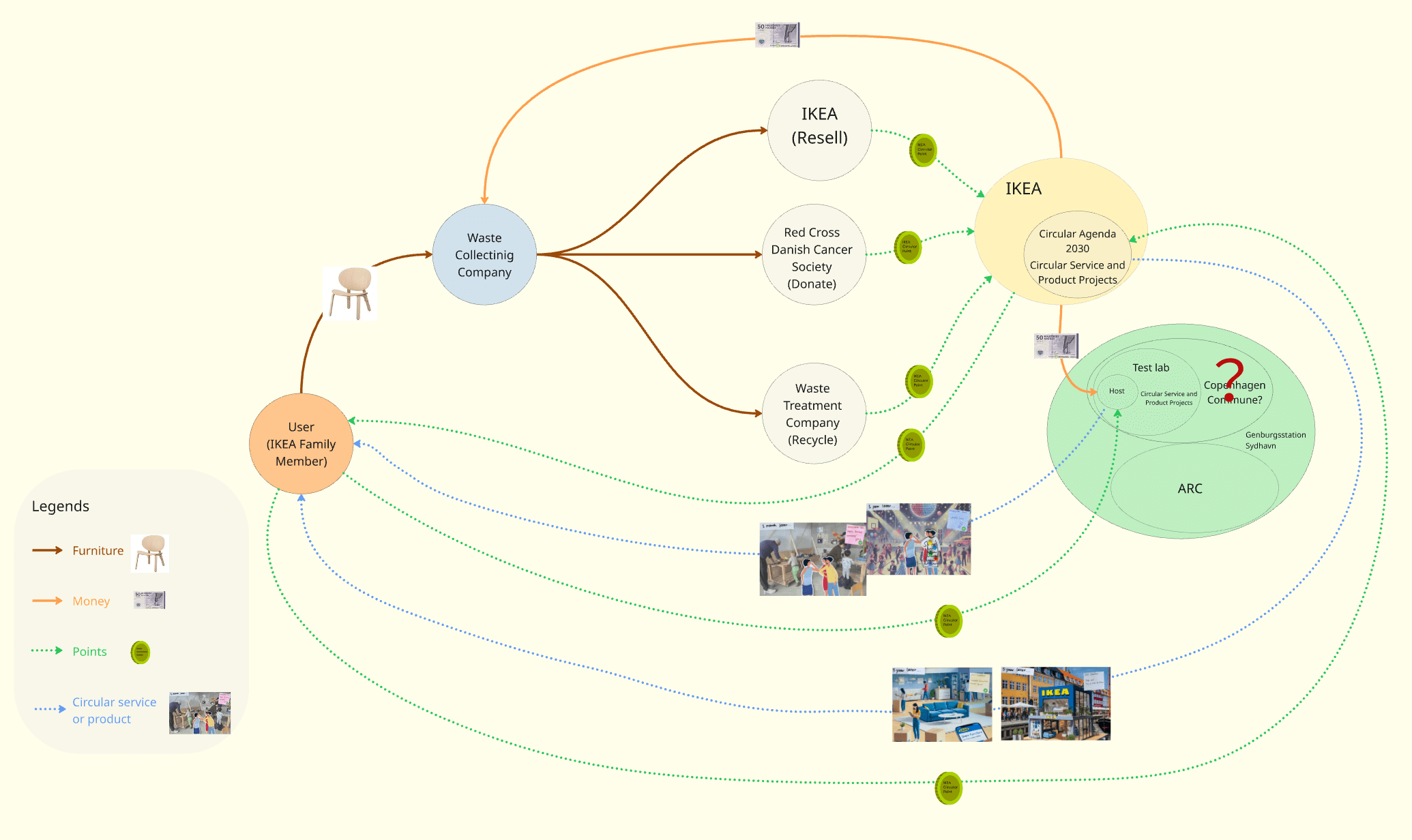
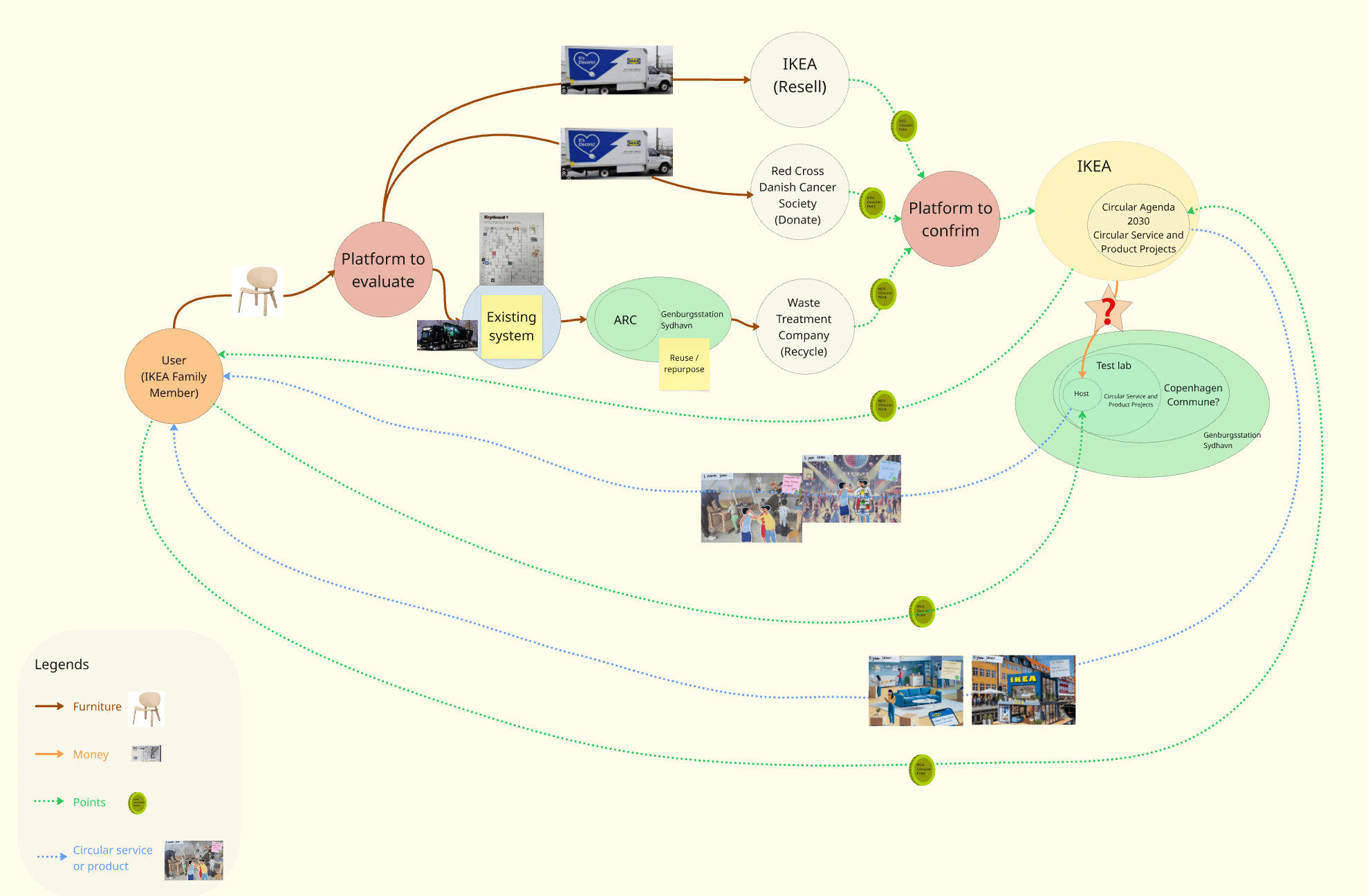
I had conducted intensive desk research to understand the system in depth. This allowed me to actively listen during interviews and respond with sharp, relevant follow-up questions. Even with only 30 minutes per session, this approach led to rich insights and helped move the project forward quickly.
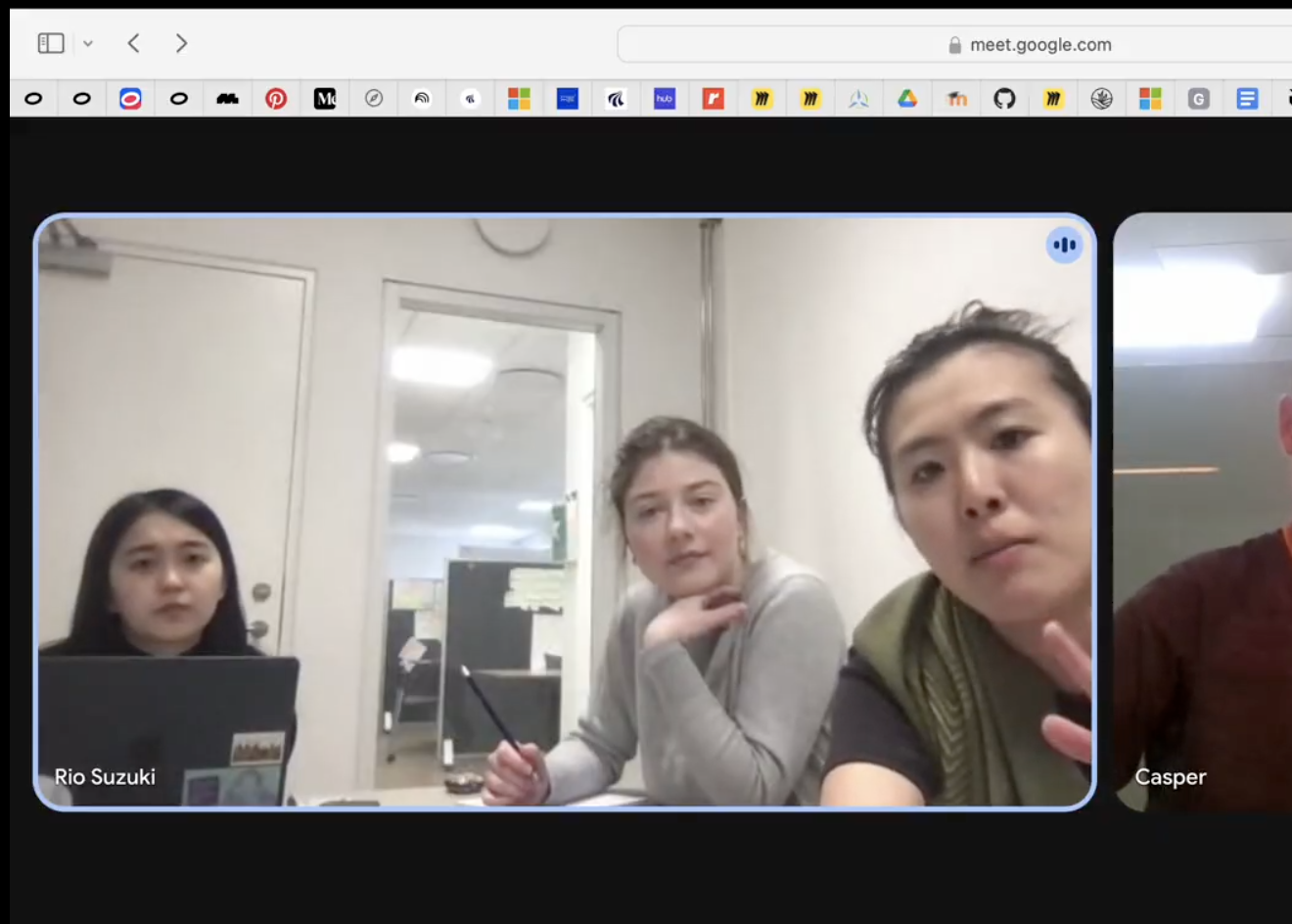
We presented the concept to Genbrugsstation Sydhavn, where it was well received. We then refined the details further, including considerations such as information architecture, to ensure the concept is ready for implementation.
The system was broad and complex, so taking initiative and making strategic decisions about where to focus quickly was essential. Acting like a detective, I helped the team zoom in on what truly mattered.
While it is important to respect people's time, engaging directly with individuals and the challenges they face is essential. We reached out, and to our surprise, everyone was open, willing to talk, and generous in sharing their knowledge and daily experiences. These conversations became a valuable driving force, helping to move our project forward with authentic insight.
Using tangible tools like service origami both physically and digitally proved incredibly helpful. They allowed participants to instantly grasp what we were proposing, while also making it easier to spot gaps and opportunities for improvement.
Diana Vleju, Samira Aliverdipour, Yichun Lin, Rio Suzuki